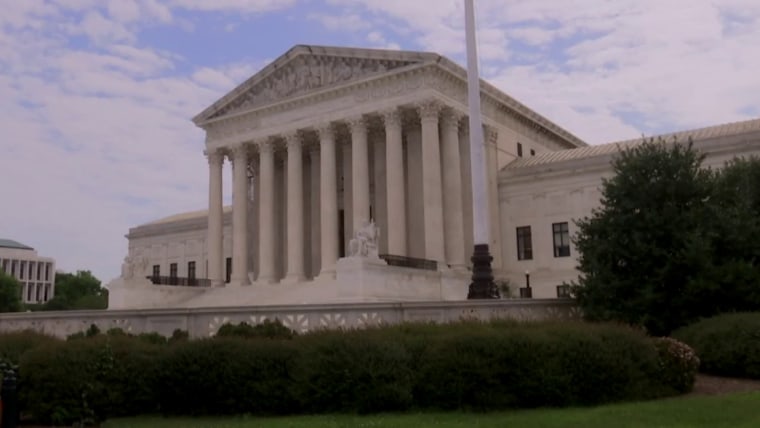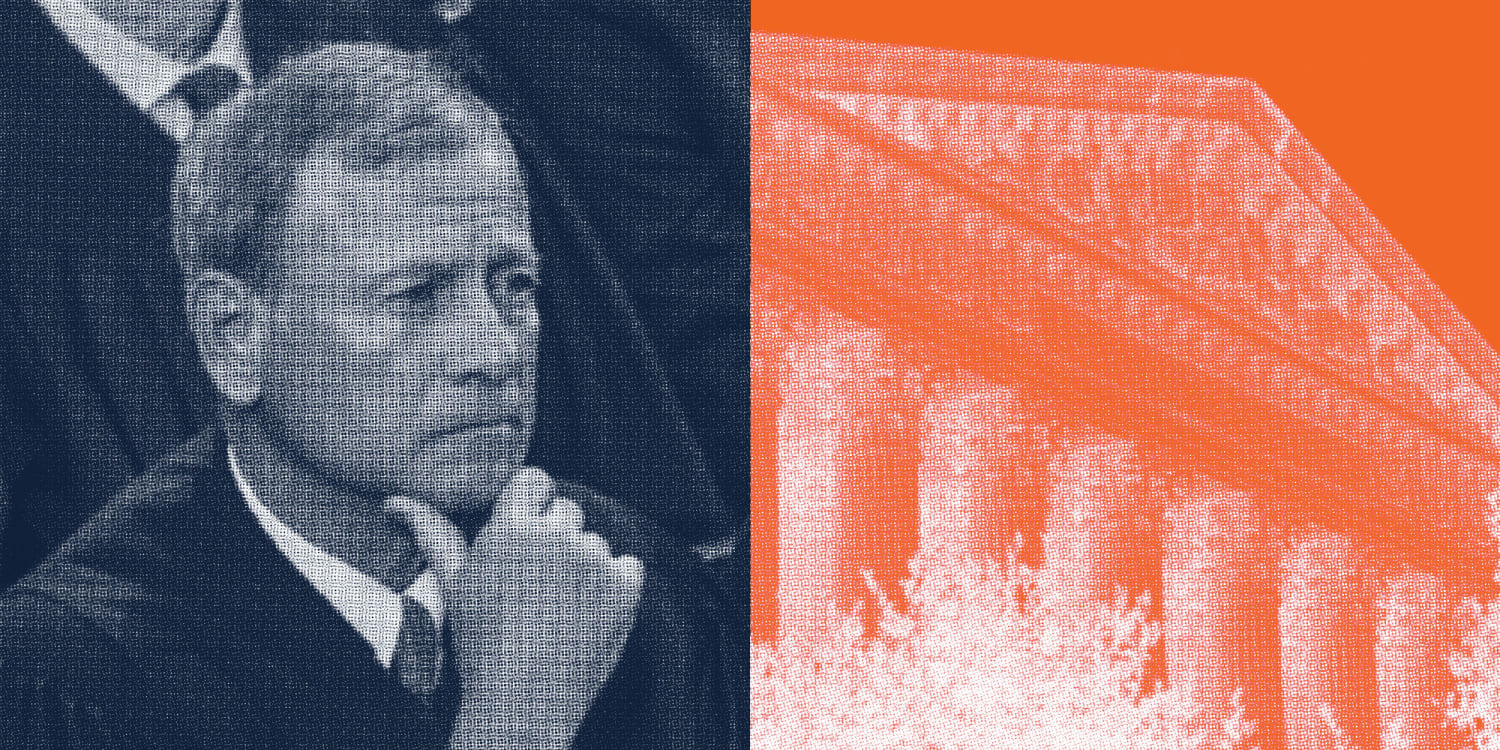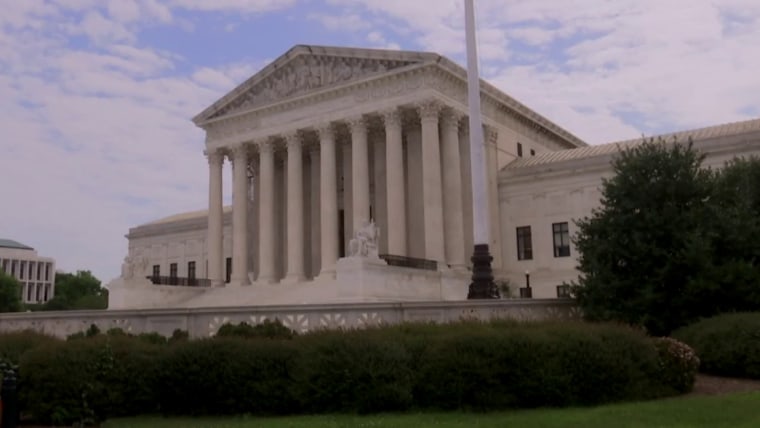WASHINGTON — In several recent rulings, the Supreme Court unexpectedly handed wins to liberal advocates on election law, minority voting rights and Native American issues, but all three rulings were not conclusive.
That means contentious issues could return to the conservative-majority court, and — based on what some of the justices have said — the outcome next time could be very different.
The rulings have prompted debate over whether certain justices are wary of issuing too many broad rulings that move the law sharply to the right, possibly in response to claims that the court risks losing its legitimacy by being viewed as a partisan institution.
“In general this term it appears the court is working hard to find as much consensus as it can by resolving cases in narrow ways, leaving for the future bigger issues that underly those cases,” said Rick Pildes, a professor at New York University School of Law.
Rick Hasen, an election law expert at UCLA School of Law said the voting rights and election cases both constitute “ticking time bombs” because of what was left undecided.
The court still has major cases to decide in the coming days on affirmative action in college admissions and President Joe Biden’s student loan debt relief plan, with more rulings set to be released on Thursday. Few expect liberals to prevail in those cases.
Those losses may overshadow the wins liberals have already notched.
On Tuesday, the court handed a decisive defeat to Republican advocates for a broad endorsement of a fringe legal theory that would give state legislatures almost unlimited powers over election regulation.
But the 6-3 vote obscured greater divisions on the court, suggesting that in a subsequent case, the court could overturn state court rulings on election law issues.
Writing for the majority, Chief Justice John Roberts said state courts do not have “free rein” on election issues, meaning there are situations in which federal courts could intervene.
In the voting case decided on June 8, the vote was 5-4 in rejecting an effort to further weaken the landmark Voting Rights Act in a congressional redistricting case from Alabama.
Conservative Justice Brett Kavanaugh joined the majority but wrote separately that his vote did not rule out challenges to the provision in question based on whether there is a time at which the 1965 law’s authorization of the consideration of race in redistricting is no longer justified.
The June 15 ruling turning away constitutional challenges to the Indian Child Welfare Act, a 1978 law enacted to keep Native American children within tribes, followed that same pattern.
It was a 7-2 vote, but the court — in a ruling authored by conservative Justice Amy Coney Barrett — did not decide the key question of whether the law discriminates on the basis of race by giving preferences to Native American families during the adoption process.
Challengers have already said that they will continue to pursue their race discrimination claims in lower courts.
The three rulings all come at a key time for the court as it releases the final decisions of its nine-month term while under heavy public scrutiny.
Most court-watchers expect the run of liberal victories to come to a halt in the last days of the term. Ending affirmative action has been a decades-long conservative cause, while the student loan plan plays into the conservative justices’ often-expressed concern about presidents overstepping their authority without explicit congressional authorization.
But even if the court does end affirmative action and kill the student loan program, the rulings in which liberal lawyers surprisingly prevailed mark a sharp contrast to last term.
Then the conservative justices issued a series of maximalist rulings that ended the right to abortion, expanded gun rights, curbed the power of the federal government to combat climate change and undermined the separation of church and state.
In the aftermath, some prominent figures — including members of the court — questioned whether the court was at risk of losing its legitimacy by radically re-making the law at such a swift pace.
“When courts become extensions of the political process, when people see them as extensions of the political process, when people see them as just trying to impose personal preferences on society, irrespective of the law, that’s when there’s a problem,” liberal Justice Elena Kagan said in a public appearance last September.
The court’s more cautious approach in some cases this term may indicate some justices have taken Kagan’s warning seriously. There has also been a higher percentage of unanimous rulings and only two so far in which the court was divided 6-3 on ideological lines.
Roberts in particular has shown a long-standing commitment to shoring up the court’s legitimacy by embracing narrower decisions on at least some issues. Last summer, he was the only conservative justice who did not vote to overturn the landmark Roe v. Wade abortion rights ruling.
“I do think Chief Justice Roberts is likely concerned about the Supreme Court being seen as an agent of chaos motivated by outcomes,” said Carolyn Shapiro, a professor at Chicago-Kent College of Law,
At times, Kavanaugh has been an ally to the chief justice. He provided the fifth, decisive vote in the voting rights case.
But in all three of the cases in which liberals prevailed, Kavanaugh wrote his own opinion that would give conservative activists cause for optimism in future cases.
“He wants to leave that possibility open,” Shapiro said.
Source: | This article originally belongs to Nbcnews.com










